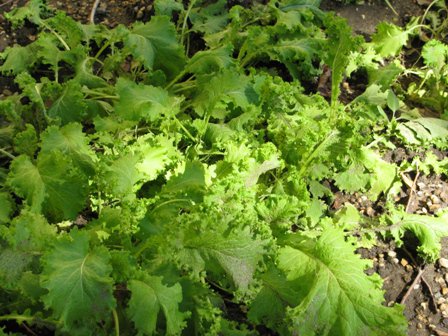A speaker at the International Scientific Symposium Biodiversity and Sustainable Diets alerted me to the existence of the EuroFIR (European Food Information Resource) project.
EuroFIR aims to provide the first comprehensive pan-European food information resource, using state-of-the-art database linking, to allow effective management, updating, extending and comparability.
Sounds pretty dry, but the stuff on traditional and ethnic foods is actually rather fun.
